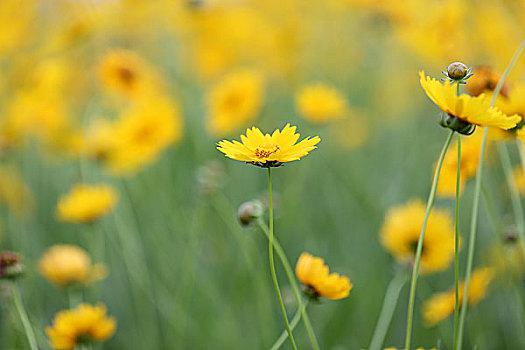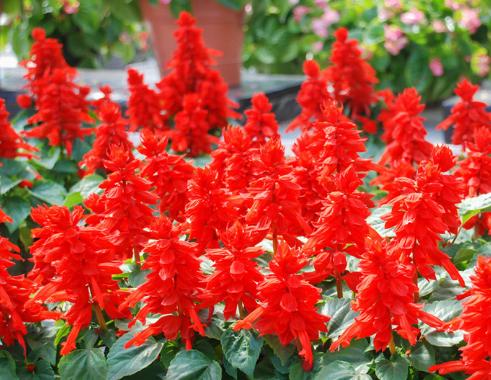The Dioscoreaceae family, commonly known as yams, has an interesting history. It is believed that yams were first domesticated in Africa over 5,000 years ago, and were an important staple crop in many African societies. Yams were later introduced to other parts of the world, including Asia, the Pacific Islands, and the Americas. Interestingly, many cultures have their own unique ways of preparing yams, such as making yam cakes in China or using yam paste in Japanese sweets. Yams are not only a nutritious source of carbohydrates, but also have cultural significance and continue to be an important part of many people’s diets around the world.
Picture
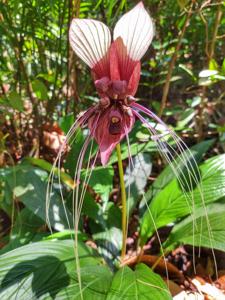
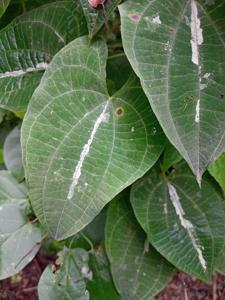
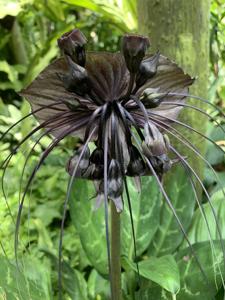
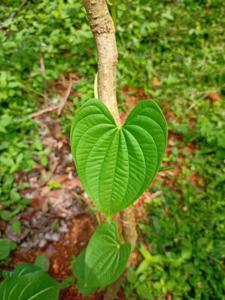
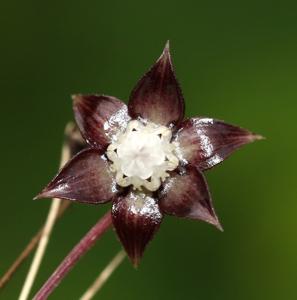
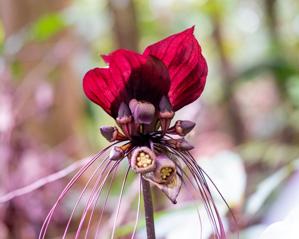
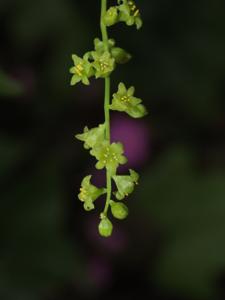
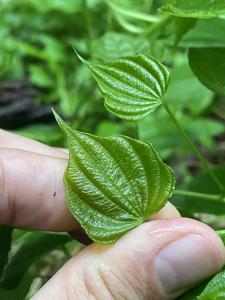
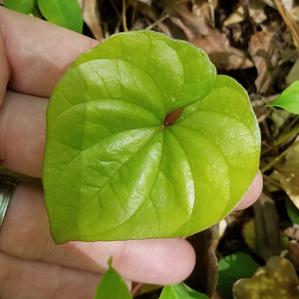
Plant some seeds now!
Short Description
Dioscoreaceae (/ˌdaɪəˌskɔːriˈeɪsii/) is a family of monocotyledonous flowering plants, with about 715 known species in nine genera. The best-known member of the family is the yam (some species of Dioscorea).
The APG system (1998) and APG II system (2003) both place it in the order Dioscoreales, in the clade monocots. However, the circumscription changed in the APG II system, with the 2003 system expanded to include the plants that in the 1998 system were treated in the families Taccaceae and Trichopodaceae.


